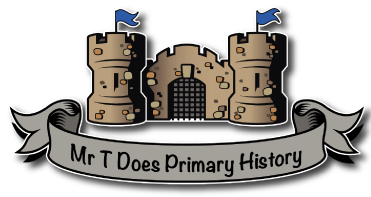To view this content you need the enhanced membership which can be found on the membership page

- Become a Member
- Discount Codes
- Understanding the National Curriculum
- History in EYFS
- Leading Primary History
- CPD Quick Vids
- Termly Network
- Supporting SEND and EAL Learners
- A Guide to Closing the Curriculum Chasm between Primary and Secondary
- Chronology
- Significant Dates
- The Enquiry Approach
- Disciplinary Concepts
- Planning History Effectively
- Connecting The Curriculum
- Local History
- An Introduction to Local History
- Using a Local Site to tell a Wider Story
- Introducing Local History as a Golden Thread: Early Years and Key Stage 1
- Introducing Local History as a Golden Thread: Key Stage 2
- Ingleby Mill Primary School, Stockton-on-Tees
- Rawdon St Peter’s Church of England Primary School, Leeds
- Wider Curriculum
- Vocabulary
- Adding Diversity into Primary History